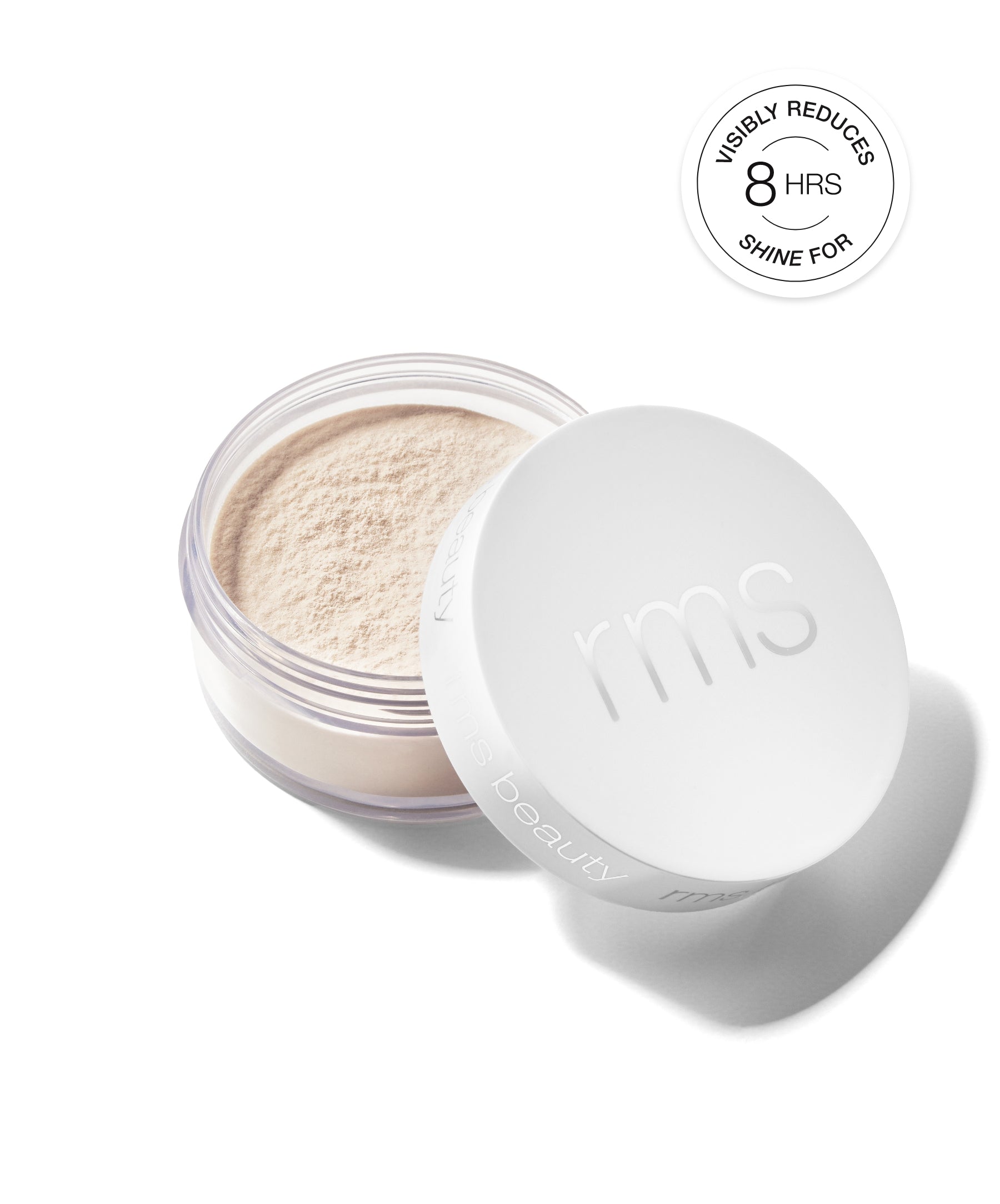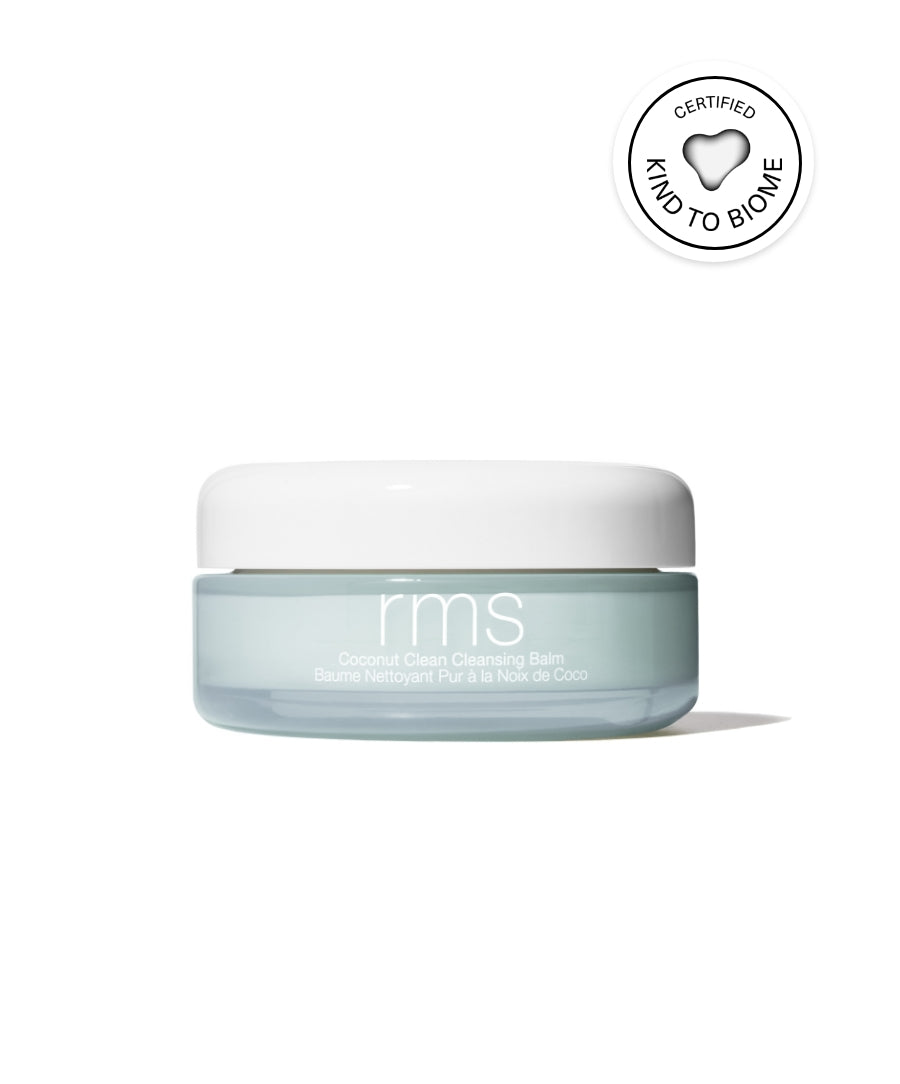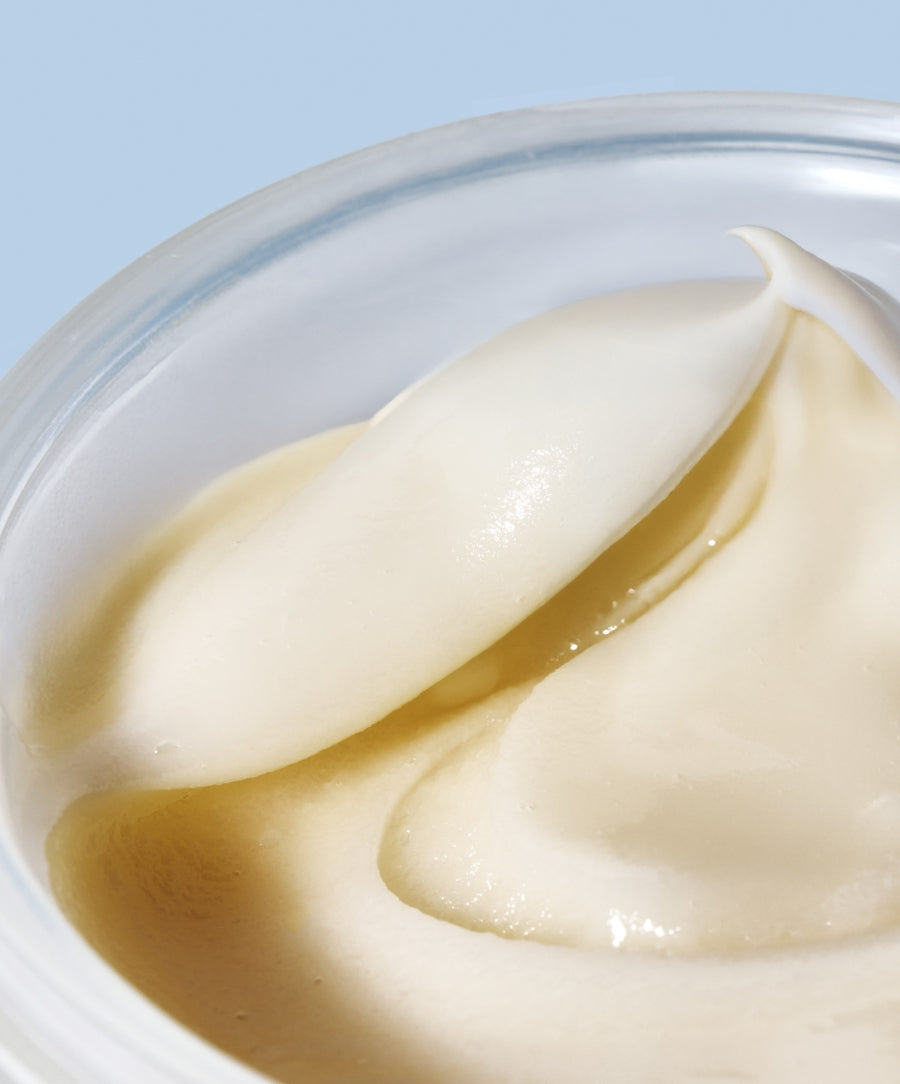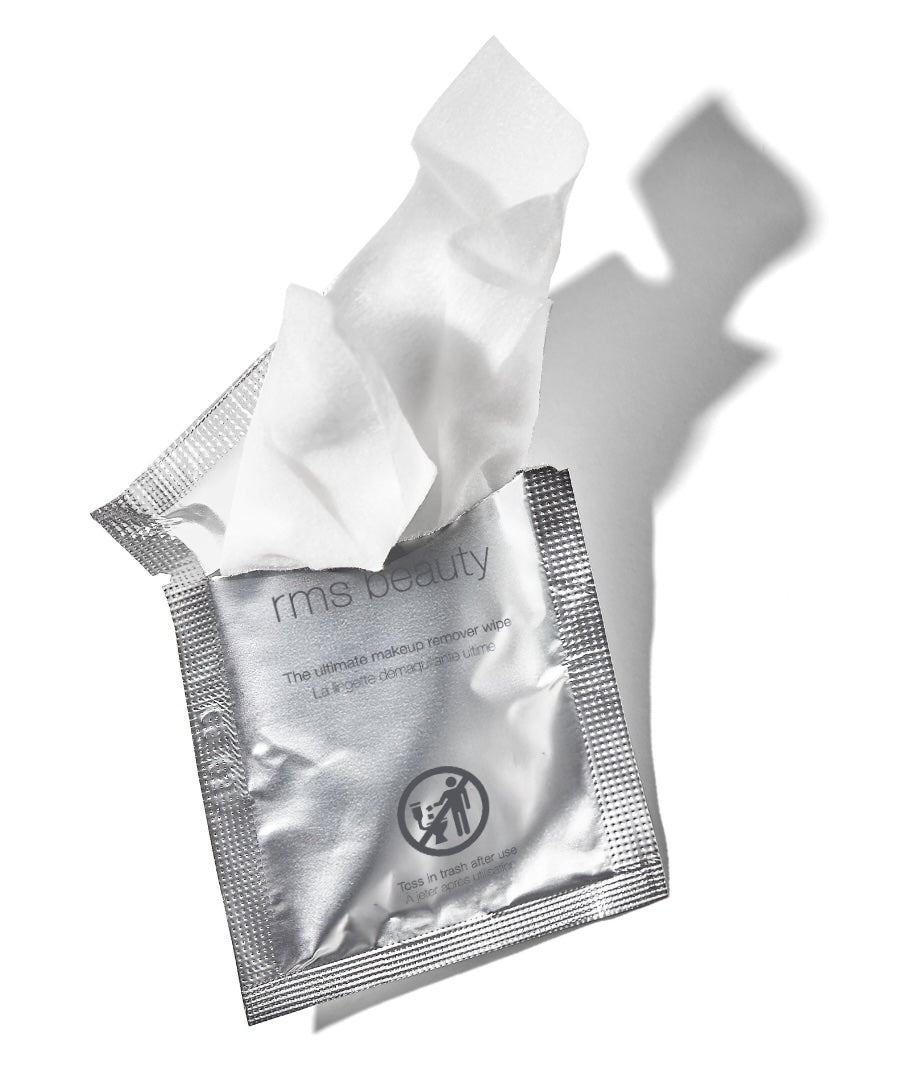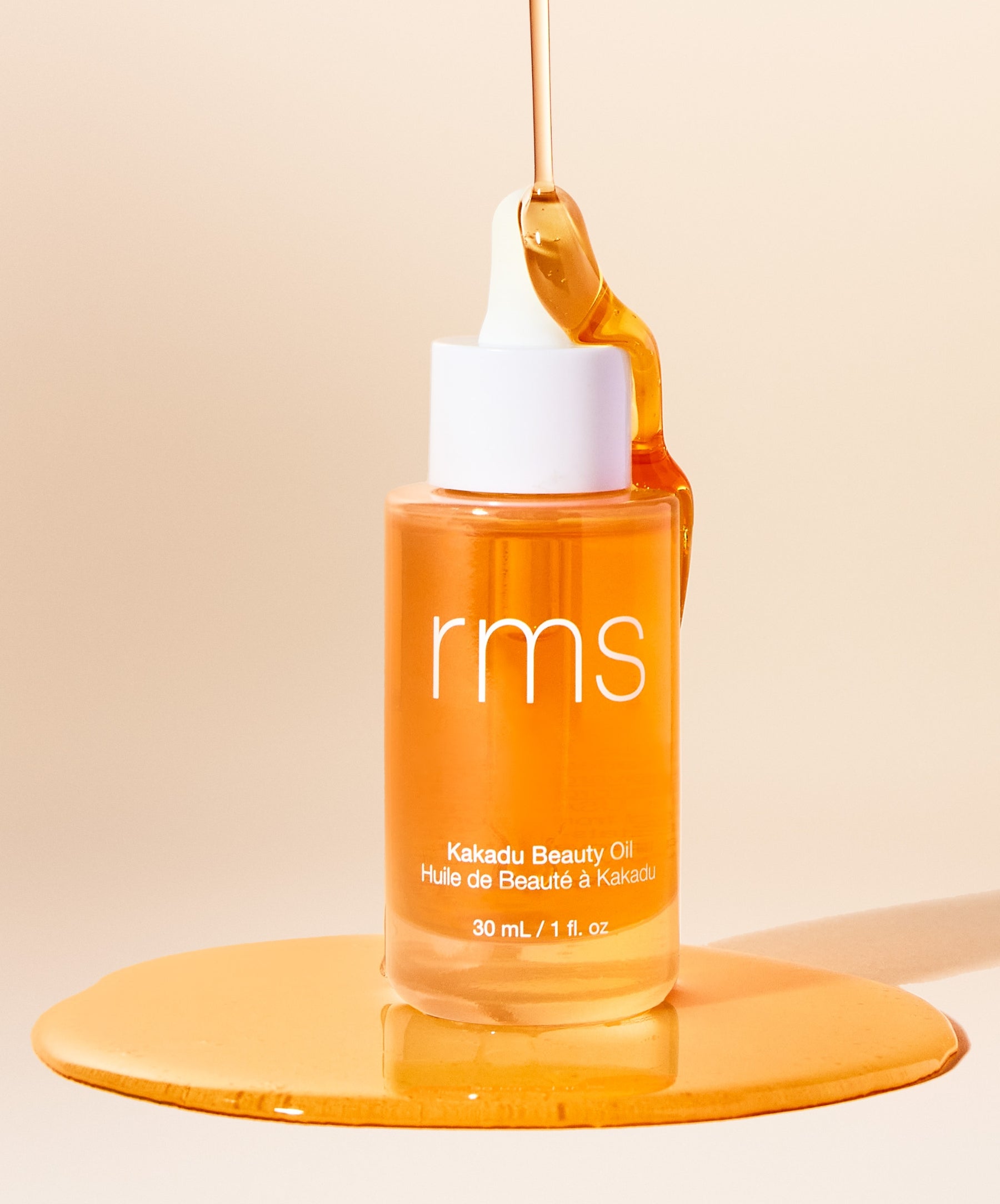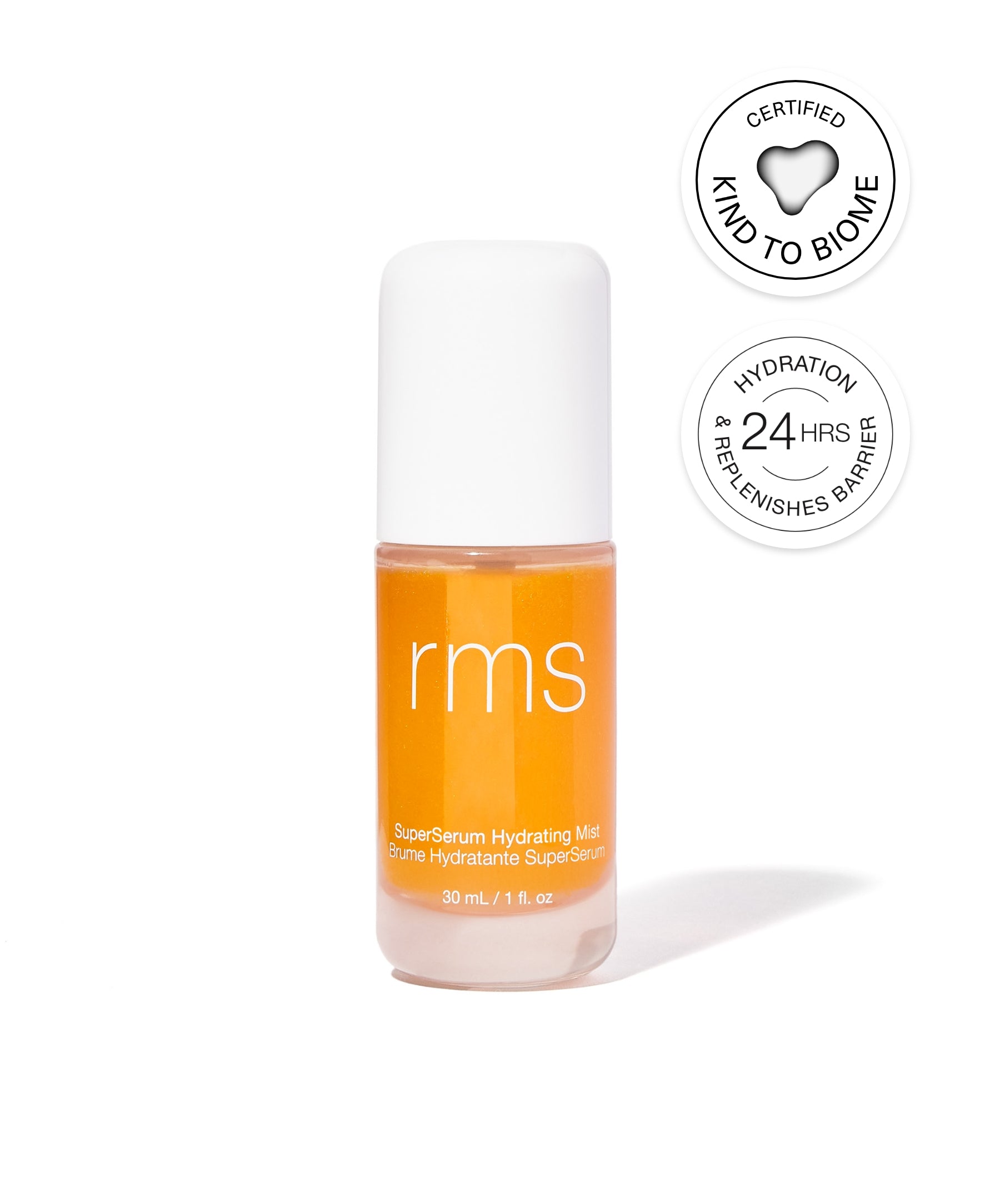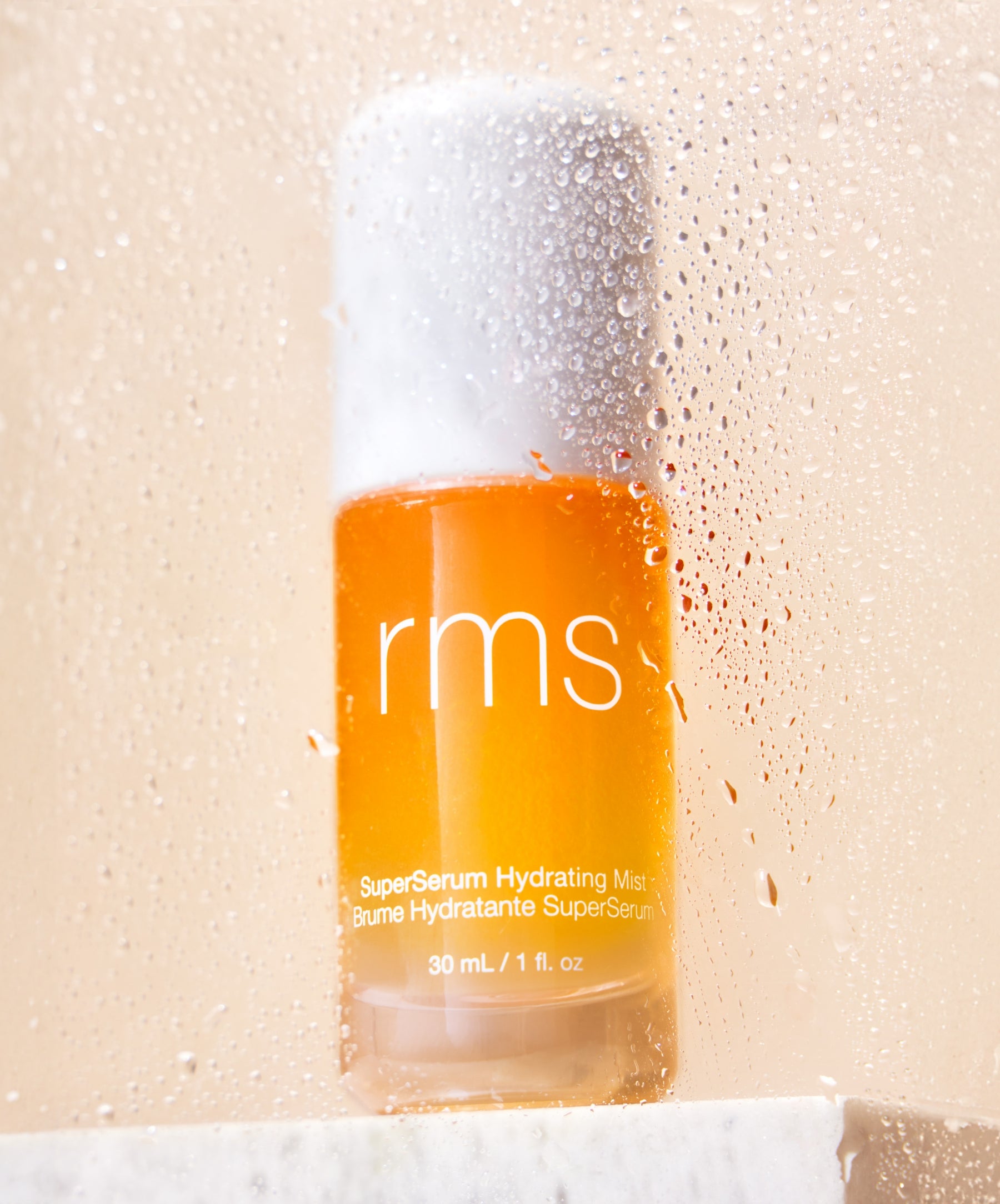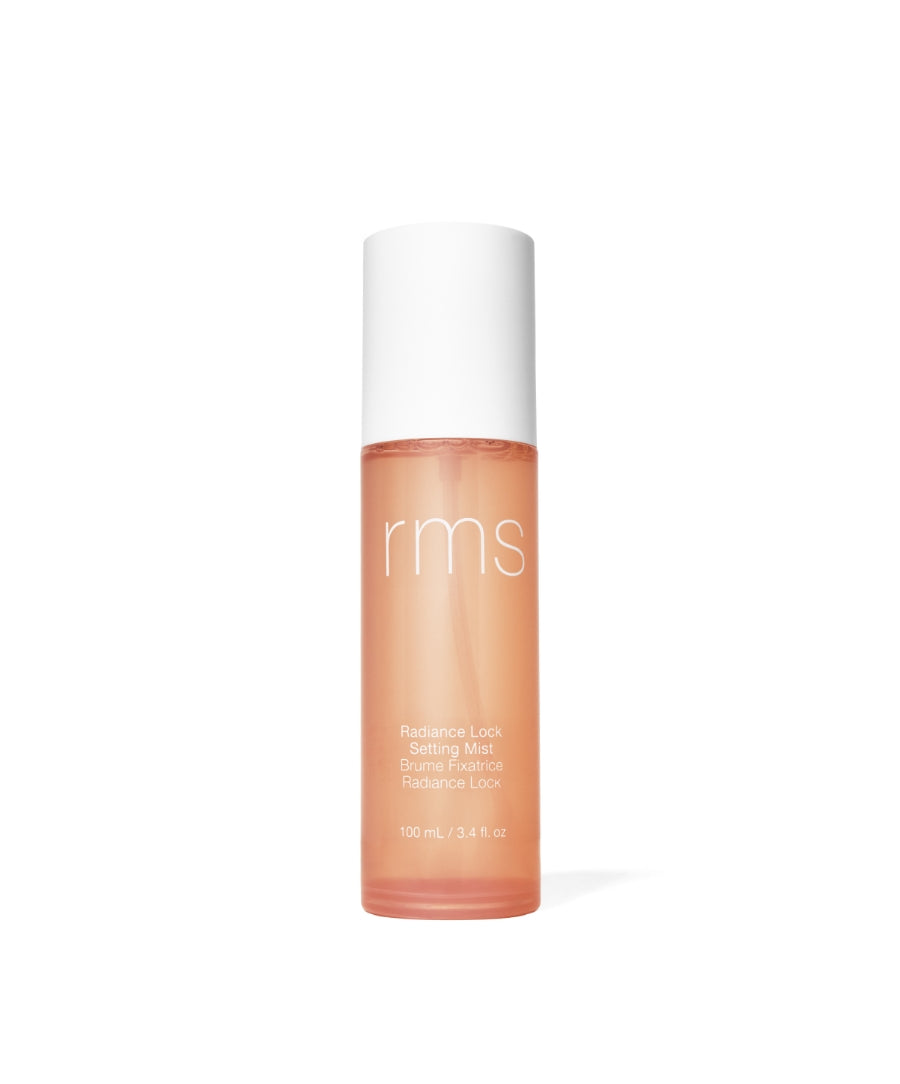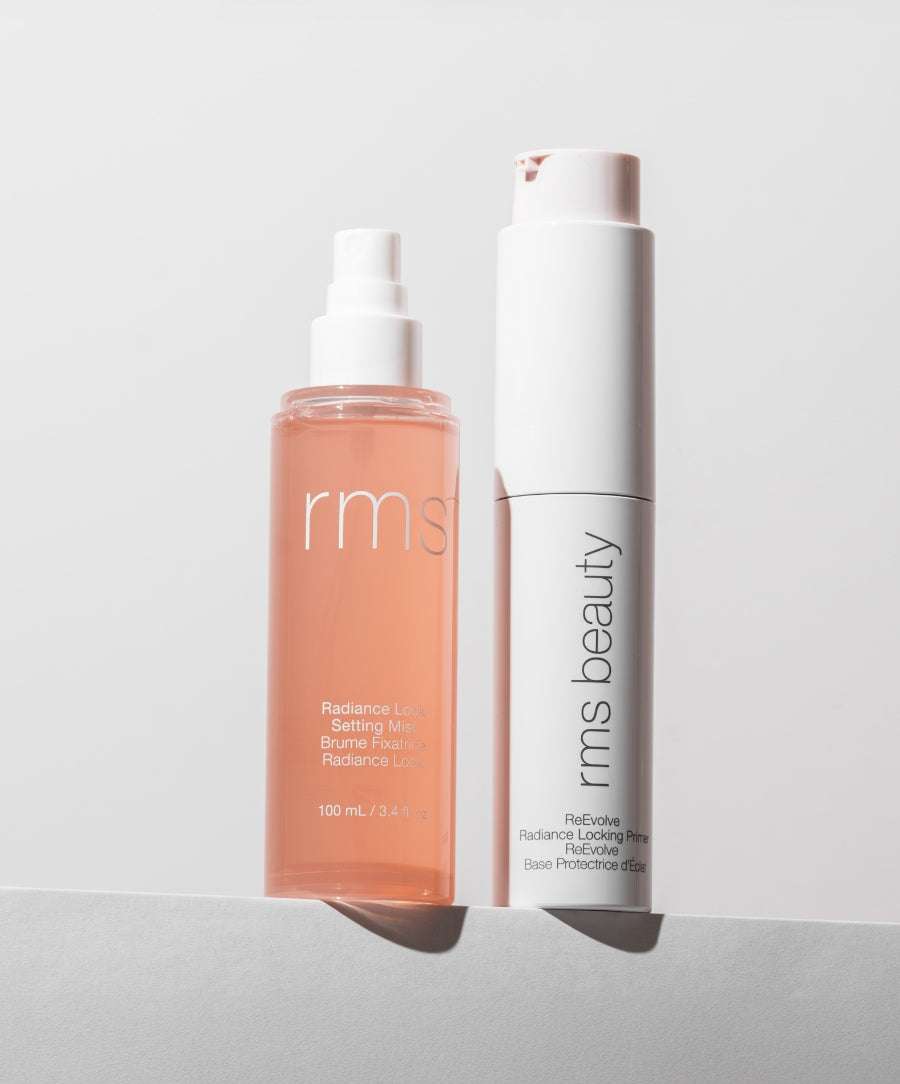How To Minimize Pores: 7 Best Tips and Tricks

Even if you have beautiful, clear skin, you probably get frustrated with your pore size from time to time. Unless you were born with porcelain skin and pores so tiny you need a microscope to see them, you’ve probably spent a few minutes gazing in the mirror wondering why they’re so visible.
Everyone has pores, and most of us have pores that are visible to the naked eye, at least on some areas of our faces. While it’s impossible to shrink your pores, there are ways to minimize their appearance and create a more flawless, finished look.
Why Do Humans Have Pores?
Even if you don’t like them, the pores covering your skin are there for some pretty important reasons. You have pores all over your body, not just your face. Pores allow the human skin to breathe and help protect your largest organ (the skin) so that it can protect your insides.
Humans also have hair follicles. In fact, your entire body is covered with them. You may sometimes hear pores and hair follicles used interchangeably, but they actually refer to two different skin structures.
- Hair follicles. Hair follicles are the tube-shaped structures located in the uppermost layer of your skin called the epidermis. These structures house growing hair.
- Pores. Pores are the openings at the top of the hair follicle, which sit on the surface of your skin. Pores are the “spots” or “holes” that are visible when you look in the mirror.
Adjacent to the hair follicles are the sebaceous glands. These glands produce oil called sebum, which moisturize the hair and skin and protect the skin’s moisture barrier. Excess sebum is also what can cause clogged pores and lead to acne and breakouts.
Sweat glands also use your pores to release sweat to cool you down when your body temperature rises. Not all pores are attached to sweat glands, though. There are sweat glands located all over your body, but the majority of them are located on the feet, hands, forehead, armpits, and groin.
Pores are important to the skin and to your overall health, but why does it seem like some of us lost the tiny pore lottery?
Why Do Pores Look Big?
Knowing your pores are important probably doesn’t change the fact you don’t like them appearing so large. Large pores are usually located in the T-zone area of your face; the forehead, nose, and chin, although some people may have large pores on their cheeks and jawline, too.
Unfortunately, pore size has more to do with your DNA, and less to do with what miracle pore-reducing products you find on drugstore shelves.
Genetics
Pore size is largely genetic and directly correlates to how oily your skin is. If you have dry skin, your pores are likely very small. Oilier-skinned people tend to have larger, more visible pores. You might think that’s a bad deal, but the reality is the more sebum you produce, the better chance you have of keeping youthful-looking skin, longer.
Sebum protects the skin and keeps it hydrated, which can help reduce the appearance of fine lines and wrinkles.
Bottom line: If one or both of your parents have oily skin or visible pores, your chances of having one or both are higher.
Hormones
Hormones can also be to blame for pores that are larger than we like. Androgens encourage higher production levels of sebum, which can create pores that are visibly larger, or that appear larger.
Many young adults struggle with acne, and though there are numerous factors that can determine whether or not you’ll experience breakouts, it all comes back to hormones and increased sebum production.
When you’re dealing with breakouts, you’re also dealing with larger pores.
Clogged Pores
Speaking of clogged pores, they’re the third reason your pores may look larger than life. When excess sebum mixes with dirt and dead skin cells on the surface of your skin, it becomes sticky and can clog your pores and form a blemish.
The blemish won’t change the size of your pores, but it can create inflammation, which makes the pore appear larger than it is. If you deal with blackheads, the plug of dead skin cells and oil will create a dark cap in the pore that is visibly noticeable.
Can I Make My Pores Smaller?
No. There’s no way you can genetically change your pores size, at least not at the time of writing this piece. Until science accomplishes this, there are ways you can minimize their appearance, get rid of blemishes, and help your pores look less noticeable.
How Can I Help Minimize the Appearance of My Pores?
The pore-shrinking industry is huge (pun intended), and there’s no shortage of miracle pore-shrinking products available that claim to make your pores pin-sized. These products are scams.
Remember, you can’t change your genetics, but you can make your pores smaller so they don’t take center stage. Here are 7 tips and tricks (that actually work) to minimize your pores.
1. Exfoliate Regularly
Exfoliation helps remove the layer of dead skin cells that sits on the surface of your skin. As new skin cells are made in the dermis, they travel up to the stratum corneum where they eventually die. If they aren’t sloughed away, they can lead to clogged pores and blemishes.
Exfoliating with a gentle, natural product can help get rid of dead skin cells and reveal healthier, newer skin. It can also help ensure dead skin cells don’t have a chance to clog your pores and create inflamed blemishes.
2. Cleanse Your Skin
Cleansing your skin helps keep it clean, reduces excess sebum, and ensures breakouts don’t form from dirt and makeup sitting on the surface. There’s a caveat here — while it’s important to cleanse your skin, over-cleansing can harm it and lead to pores that are more visible.
When you cleanse your skin more than twice a day it can result in dryness. When your skin is dry, your sebaceous glands go into overdrive, producing more sebum to hydrate your skin. Excess oil can clog your pores, and make them appear larger than they are.
Use mild cleansers with natural ingredients to cleanse the skin. Using raw, coconut cream like RMS’s Beauty’s, is a great way to keep your skin clean and hydrated.
3. Use Topical Retinoids
Retinoids are compounds that are similar in chemical composition to vitamin A. Retinoids help skin that is excessively oily or that has lost elasticity. Retinoids essentially work to exfoliate your skin chemically, instead of physically.
By continually renewing the skin cell cycle, your skin’s collagen and elastin levels are stimulated, which can help skin grow healthier and firmer. Firmer skin will have pores that aren’t slack, which can help them look smaller.
4. Look for Alpha Hydroxy Acids or Beta Hydroxy Acids
AHAs and BHAs work similarly to retinoids, by encouraging cell turnover and keeping your skin exfoliated. Many exfoliating products also have these ingredients. These ingredients work to dissolve the bonds between dead skin cells and the healthy skin cells on the surface of your skin.
When these bonds are broken, they can easily be sloughed away when you wash your face. Glycolic acid is the most common type of alpha hydroxy acid, and is readily available in over-the-counter products. Glycolic acid is naturally occurring, but is also available in synthetic form, so check the label to be sure of the origins.
5. Keep Your Skin Hydrated and Nourished
Keeping your skin adequately hydrated can reduce the amount of sebum your skin produces, causing your pores to appear smaller. When your skin is excessively dry, sebum production increases to compensate.
When your skin is oily, your pores appear larger, and there’s a higher chance your pores will be more visible. Instead of starving your face of moisture, try hydrating with an all-natural, plant-based oil, like RMS Beauty’s Beauty Oil. Our beauty oil contains jojoba oil, which is closest in chemical structure to the skin’s natural sebum.
6. Use SPF
Sun damage destroys the collagen and elastin in your skin, causing your skin to look slack and loose. When your skin loses its elasticity, your pores naturally appear larger.
To prevent sun damage, wear sunscreen with an SPF of 30 or higher every day, whether or not you’ll be in direct sunlight.
7. Apply Setting Powder
Using a loose powder can smooth over your skin and help your pores look smaller. RMS Beauty’s Un-Powder is talc-free, translucent, and designed to create a beautiful finish. Formulated with 100% silica, our powder reflects light and helps minimize the appearance of pores.
A setting powder also helps keep your skin less oily so your flawless finish lasts all day.
Conclusion
Can you shrink your pores? No, but you can take steps to make them appear less visible. Using the right products and taking better care of your skin can ensure your pores are clean, healthy, and barely visible.
Trust RMS Beauty to give the products you need that are the cleanest, greenest, and best for your skin.
Sources:
Facial Pores: Definition, Causes, and Treatment Options|PubMed
What can treat large facial pores?|American Academy of Dermatology
April 13, 2017: Do retinoids really reduce wrinkles?|Health.Harvard.edu


